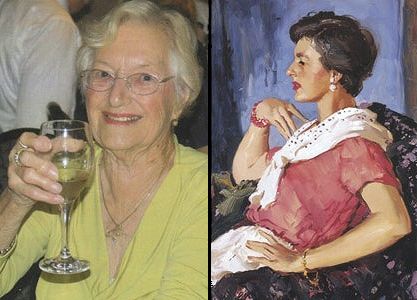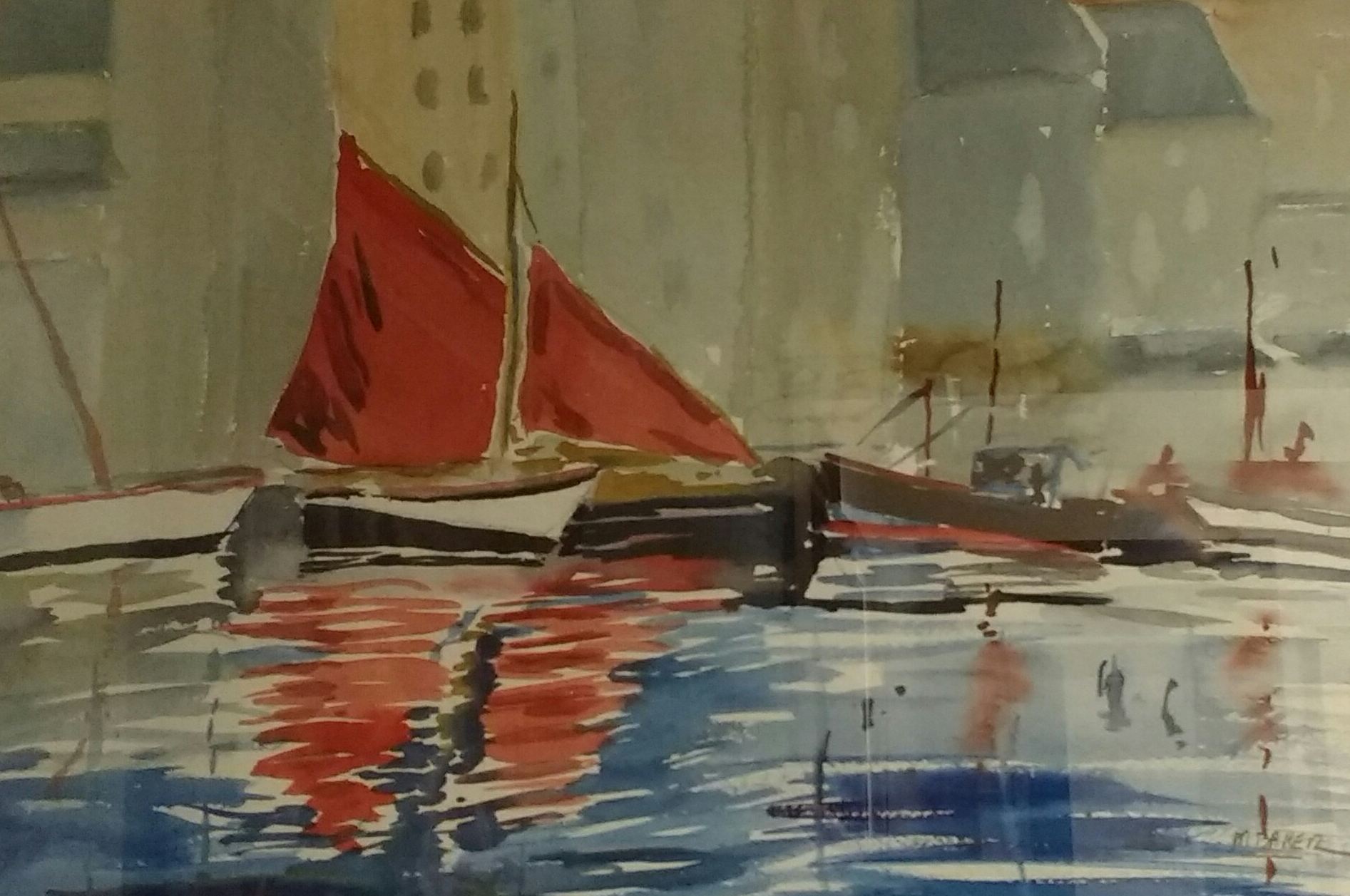Marjorie Baker
Marjorie Baker.
(1917-2009)

As Singapore was falling to the Japanese army in late January 1942, Marjorie Whitchurch found herself swept up in the chaotic evacuations that were under way. She was able to escape with her life but lost her husband, her home and her possessions.
Bill Whitchurch had enlisted in Singapore. He helped Marjorie to get away, but she never saw him again. He died on the Burma Railway as a prisoner-of-war.
Marjorie fled Singapore, leaving her car and golf sticks on a wharf, as Japanese warplanes strafed the city.
Marjorie was born in Ashfield on December 24, 1917. Her father, William , was a schoolteacher who died from blood poisoning with an infected knee when Marjorie was nine. An only child, she was raised in Dulwich Hill by her mother, Agnes , and her grandfather. She learnt the piano and played well, enjoying jazz and all music throughout her life. After finishing school at Ashfield, she did a year at business college.
She got a job at Warner Bros in Sydney, where she was able to keep up to date with all the latest movies and met many visiting movie stars. In 1941 she married Bill Whitchurch, an engineer, and they moved to Kuala Lumpur with his work.
As the war neared, Whitchurch had army service commitments. Marjorie helped with ambulance work in Singapore, and locating and reporting bombs that had dropped. The command to leave Singapore came with no warning as Japanese troops began occupying the island. As a refugee, she managed to get back to Australia by way of Ceylon, now Sri Lanka, and South Africa.
After the war Marjorie attended art classes at the J.S. Watkins Art School in an old building in Margaret Street, Sydney. There she renewed her friendship with the instructor and artist Alan D. Baker. After going out together for a year they married, in 1946.
"We lived in Rickard Road, Moorebank, in two Hudson kit shacks which Alan built,'' she remembered years later.
''We slept in one and in the other we had a tin bath and a chip heater. There was no water connected but we had a hose and an ice chest [and] an outside toilet. We cooked on an open fire and an old 12-inch electric stove. After 12 months our first son was born, and we washed ourselves in a tin bath and boiled up the nappies on an open fire in the yard. It was hard going but we managed."
Alan Baker's career progressed as a portraitist and flower and landscape artist, with Marjorie delivering his paintings to galleries. Tragedy struck the family in 1961, when the elder two of their three sons were drowned in a boating accident on the Georges River, as one boy tried to save the other.
Gardening and art were effective ways for the Bakers to escape their profound grief. They moved to The Oaks, west of Camden, and became patrons of artistic efforts in the area. The garden there was a rich source of flowers for their paintings. Alan developed a local art class and was vice-president of the Royal Art Society of NSW.
After Alan's death in 1987, Marjorie moved to Camden. The artists Nola Tegel, Patricia Johnston and Olive McAleer became her close friends and there were regular painting trips. She also travelled to Europe and Asia with friends many times. She was also involved with local charities.
The family has been involved with the Royal Art Society in North Sydney for more than 70 years. In fact, Marjorie was involved in fund-raising to buy the premises at 25 Walker Street that houses the gallery and art school. Both Alan and their son Gary have been made fellows of the society.
She immersed herself in art and appreciated beauty, painting and collecting.
She painted in oils watercolours and some printmaking, many of her works were donated for charity fundraising.

